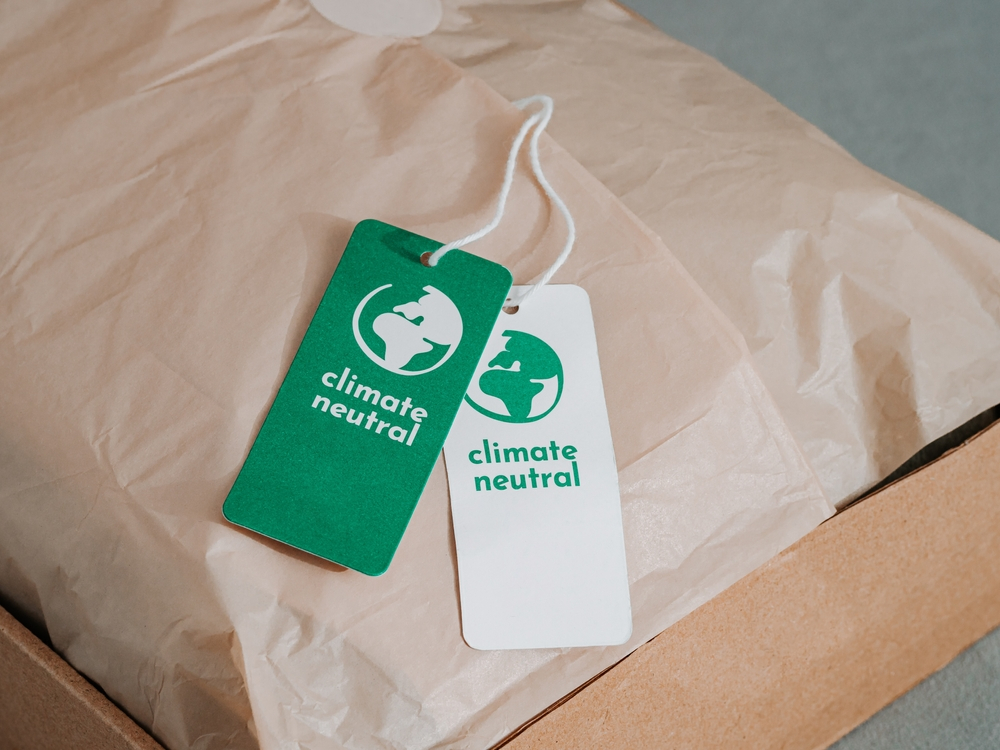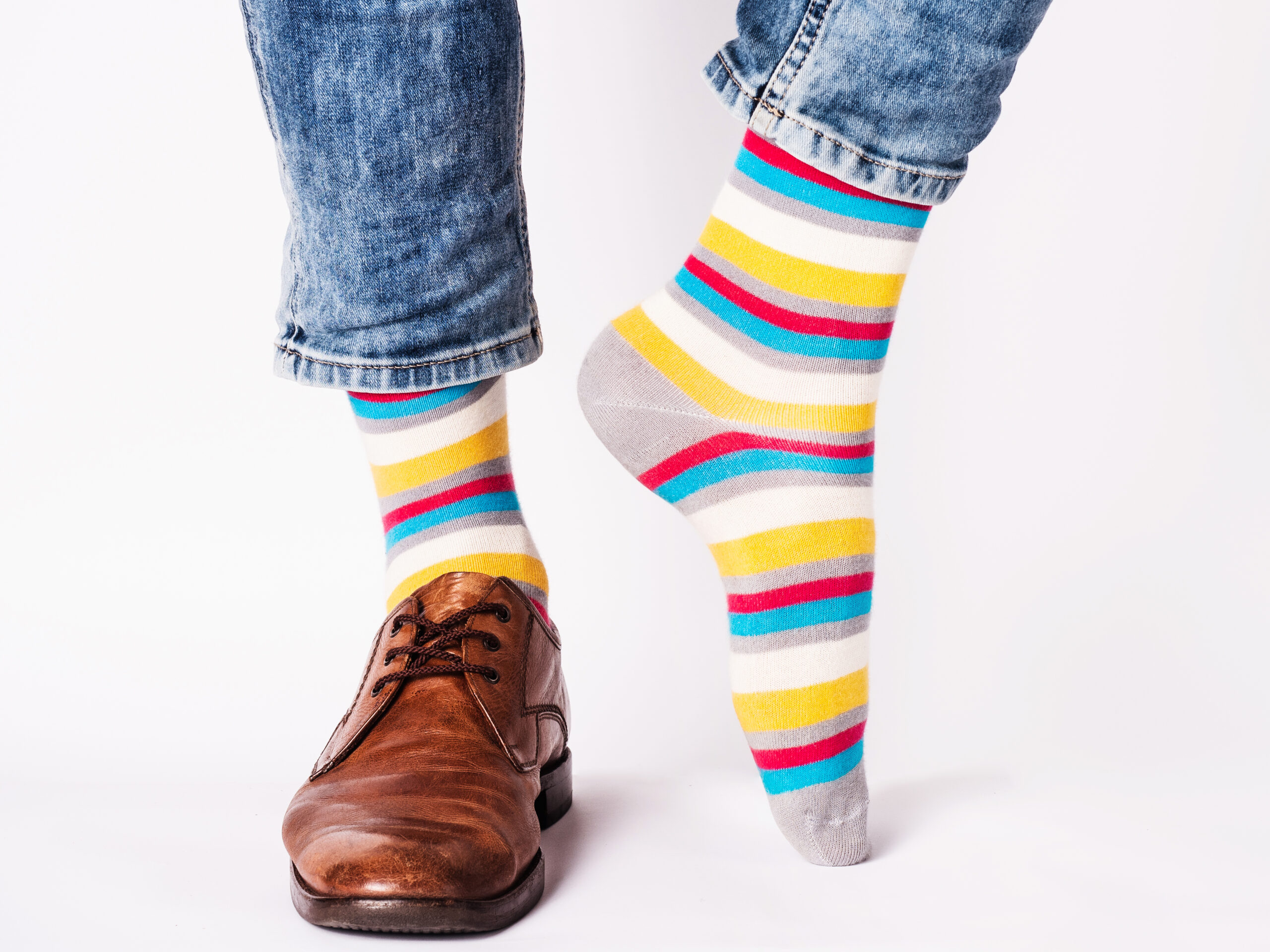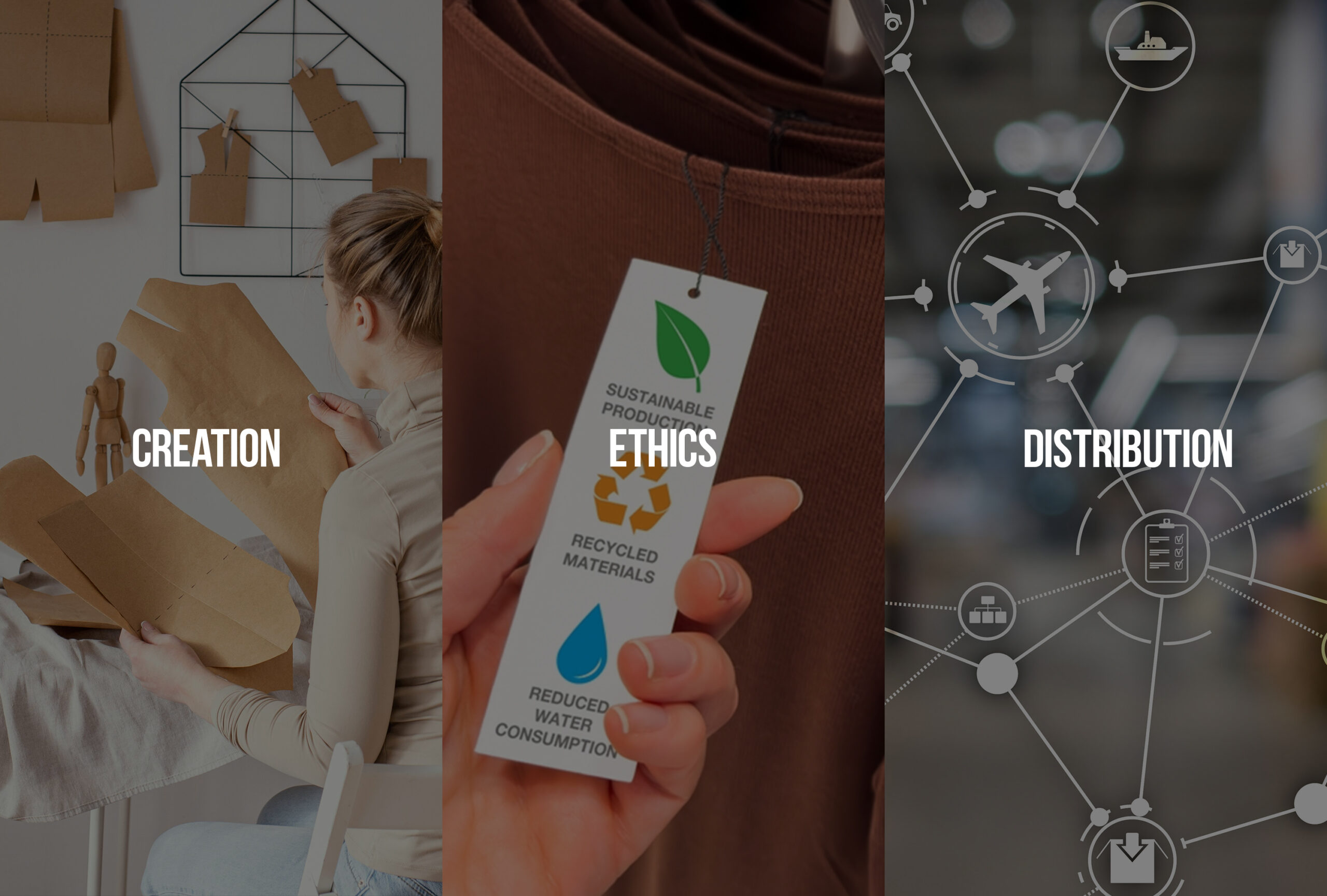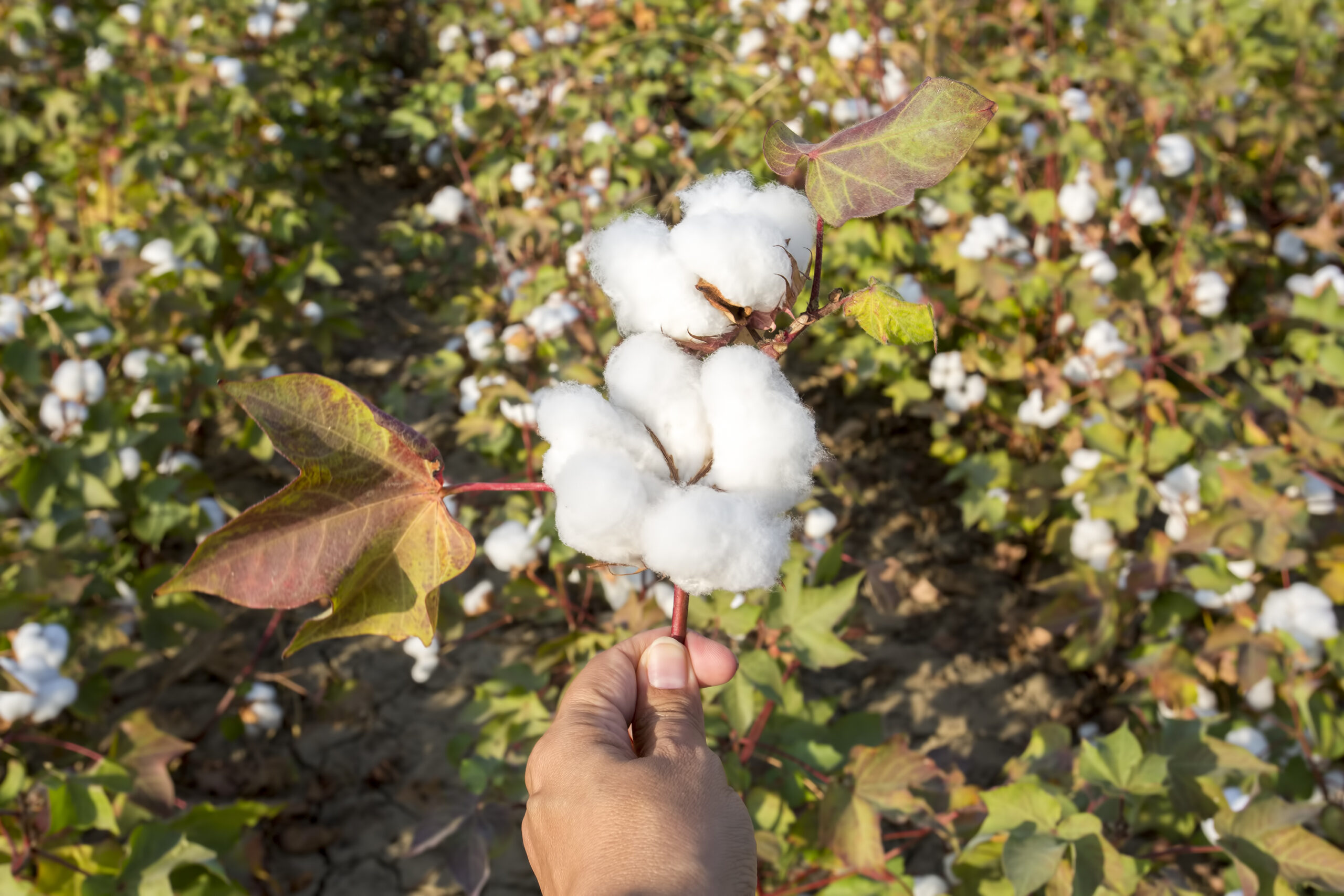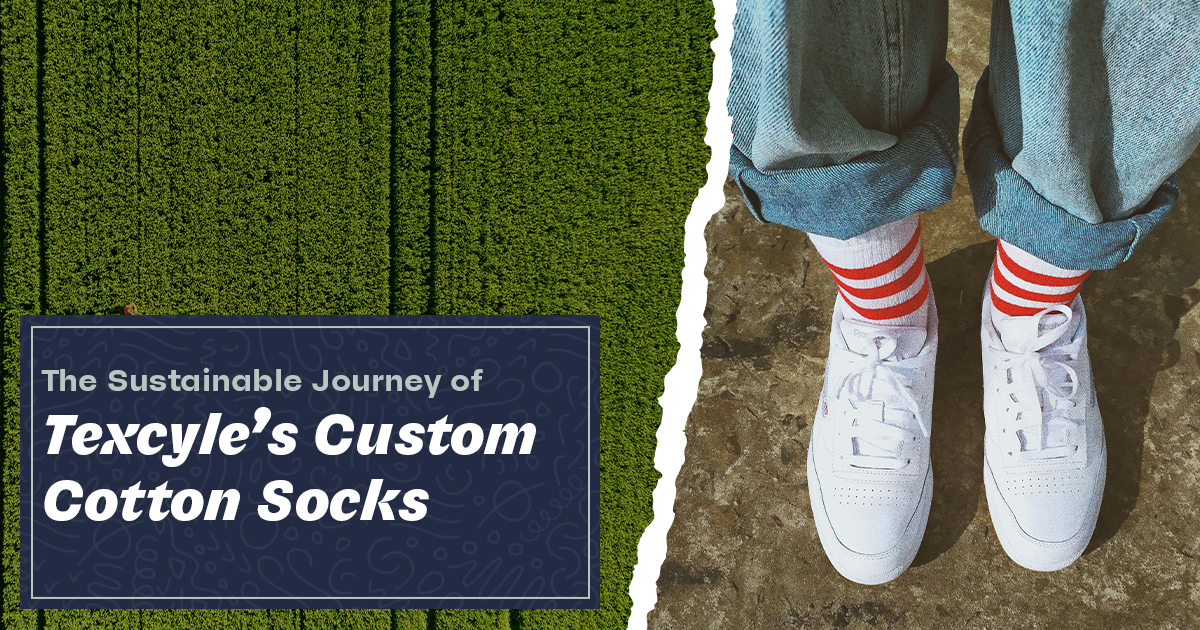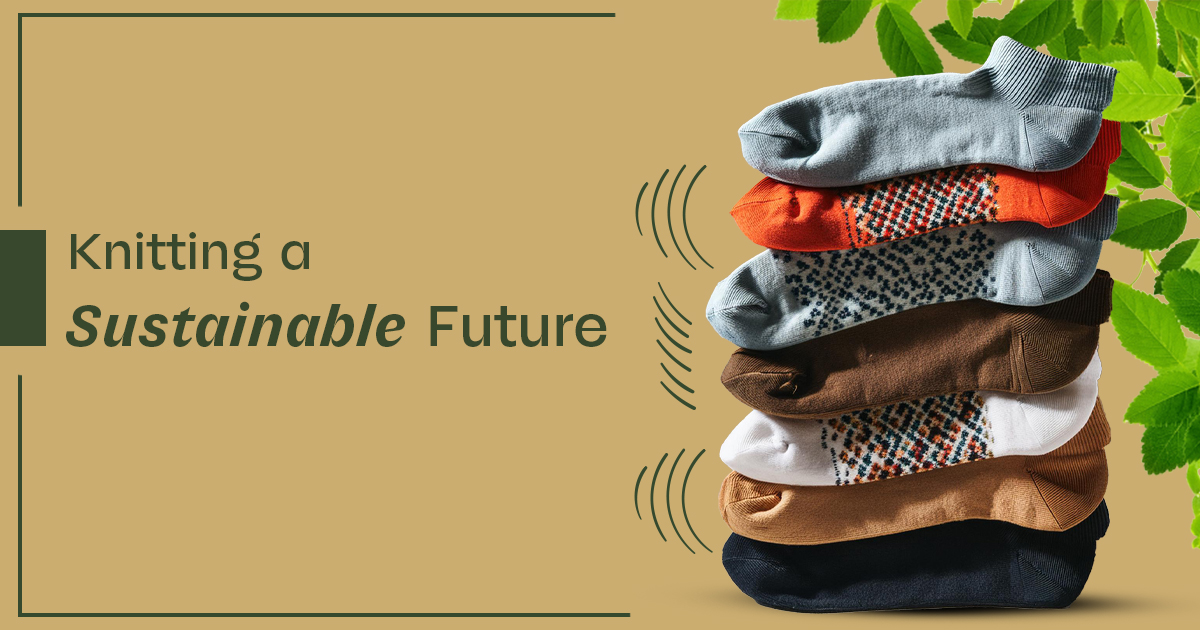Introduction:
Raising Awareness about Traceability and Transparency
Journey back to the roots
Sustainability beyond passing trends
How does this impact the fashion industry?
What is the real impact of Traceability and Transparency?
Case Studies of Traceability
The Dawn of a New Age in Fashion
Introduction:
Imagine you’re out on a shopping trip. You stroll into a store, one outfit catches your eye, you pick it up from the display and suddenly as you admire its design you can find yourself retracing its journey from cotton fields to the looms, almost like a movie. Pretty much sounds like fiction, no? But the concept is very much real and in today’s world traceability and transparency are progressively assuming paramount significance within the realm of fashion. In an industry known for its style and glamorous image, the inner workings are changing significantly. This transformation is driven by the demand for ethical principles, sustainability, and consumers being more aware.
Raising Awareness about Traceability and Transparency
What is Traceability? It is quite simply put, the ability to trace the entire journey of a product, tracking it throughout each step of its manufacturing process to the supply chain, to finally the finished product in customers’ hands.
Transparency, like the word suggests, means the system of offering clear information about the origins of the raw materials, the production processes, the labour practises etc. involved in making a product.
Why is Traceability and Transparency important for consumers?
– They empower customers to make better and more informed choices
– They promote sustainable and eco-friendly practices
– They tackle environmental issues, labour exploitation, counterfeiting, etc.
The days of fashion being a purely external factor are long gone, today it is about values and ethics. Customers aren’t looking for a piece of clothing, they are looking for something that aligns with their morals and ethical standings.
Journey back to the roots
Imagine wearing a pair of jeans, and envision the capacity to retrace the journey of the denim to its very bare beginnings, the cotton farm. This level of openness gives information to consumers and makes brands responsible for how they get their materials. As fashion brands reveal their processes, they automatically earn the trust of their customers.
Transparency entails:
- Going beyond showing only the good parts of a brand’s supply chain.
- Involves admitting mistakes and difficulties while aiming to improve.
- Acknowledging their past mistakes.
- Showcasing how they tackle environmental issues and labour practices
Sustainability beyond passing trends
Fashion trends always come and go. But sustainability has become a timeless value that is held in high regard amongst the growing eco-conscious generation. It is now a known-fact that the fashion industry contributes significantly to environmental issues like:
- Dye-related water pollution
- Carbon footprint of fast fashion
- Poor and inhuman labour practices
- Plastic and textile wastage and much more
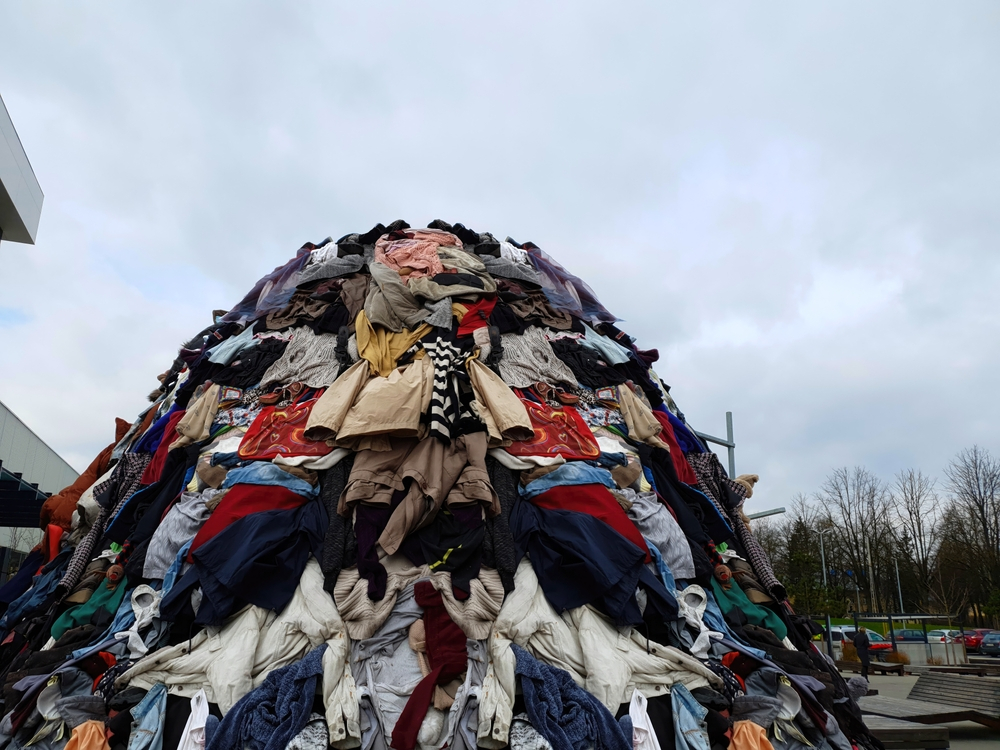
Moreover, it is a two-way street. When customers start to learn about the environmental impact of their fashion choices, they can take action and change their shopping habits for sustainability. With brands adopting recycled materials, reducing waste, and embracing circular fashion concepts for reuse and recycling, we’re now seeing more customers opt for these brands thus leading to a positive chain reaction in the industry.

How does this impact the fashion industry?
The fashion industry is in the face of the storm when it comes to the challenges it faces. It ranges right from:
- Complicated supply chain
- Labour exploitation
- Detrimental impact on the planet
- Wastage due to fast fashion and overconsumption
By making sure brands are transparent, we can ensure that they are adopting sustainable practices across the board and thereby ensure we tackle each issue individually.
According to a poll, 89% of customers made the decision to stop doing business with an online business after a negative or unpleasant experience.
Transparency now reveals the impact of each purchase. Brands focusing on ethics, fair wages, and good working conditions can show their efforts through transparency. And customers who back these brands become genuine advocates for the brand, something no amount of marketing can achieve.
What is the real impact of Traceability and Transparency?
- Builds Consumer Trust and Loyalty
- Takes Ethical and Sustainable Practices Forward
- Offers Supply Chain Visibility
- Compliance and Regulation
- Reduces Environmental Impact
- Innovation and Collaboration
- Long-Term Sustainability
Implementing traceability and transparency in the fashion industry offers many advantages but it also comes with its own challenges like technological limitation for some brands, struggles with data management, and initial resistance. But most importantly it contributes to the long-term viability of the fashion industry by addressing the key concerns that are plaguing the industry right now that are social, economical and environmental issues.

Challenges in implementation
Complexity
Multiple stakeholders are involved in the supply chain for the fashion business, including producers, retailers, and raw material suppliers.
It might be difficult for various parties to cooperate and coordinate while implementing traceability.
Additionally, it could be challenging to guarantee that all parties involved are dedicated to upholding moral and sustainable behaviour.
Financials
As it involves technology and data management systems to track and record information about the supply chain, implementing traceability can be expensive.
To maintain traceability, businesses might need to make investments in new technology and hire more personnel.
Because of the potential consumer price increases, sustainable clothing may be less affordable for people who have little financial resources.
Case Studies of Traceability
A.Patagonia,
A leading brand of outdoor apparel and equipment, Patagonia is dedicated to ethical and sustainable business practices.
The brand allows customers to monitor the environmental impact of Patagonia items from the extraction of raw materials to the final products via the company’s implementation of a traceability programme called the Footprint Chronicles.
The initiative makes the supply chain transparent, allowing Patagonia to spot problem areas and introduce more environmentally friendly procedures.
B. Levi Strauss & Co.
The denim company Levi Strauss & Co. has a long history of upholding ethical standards and sustainability.
The business has put in place a traceability programme to track the source of the cotton used in its goods and make sure it comes from vendors that adhere to moral and environmentally friendly standards.
Customers are guaranteed by the programme that the cotton used in Levi Strauss & Co. products are grown in an ethical manner.
The Dawn of a New Age in Fashion
The fashion world is in the process of transformation due to traceability and transparency. What was once considered a small issue has now become a wake-up call for change. Our clothes now are not just meant for exterior style, but they are meant to represent our values, ethical standpoint, and thereby shape the industry’s future. Every thoughtful choice is carrying the weight of our ethics, sustainability choices, and transparency.
In our world where the story behind our clothing directly rivals its style and design in significance, traceability and transparency direct us towards a future that is not only visually beautiful but also has true meaning.Traceability implementation presents difficulties, however case studies of brands like Patagonia and Levi Strauss & Co. show that progress can be made in promoting ethical and sustainable practises in the sector.
As we wear our values proudly, we find ourselves joining a movement that stitches together a more accountable and compassionate fashion realm. This positive change is already underway, and every choice we make, however small it may seem to us, leads us toward a brighter future that is more sustainable and eco-friendly.



